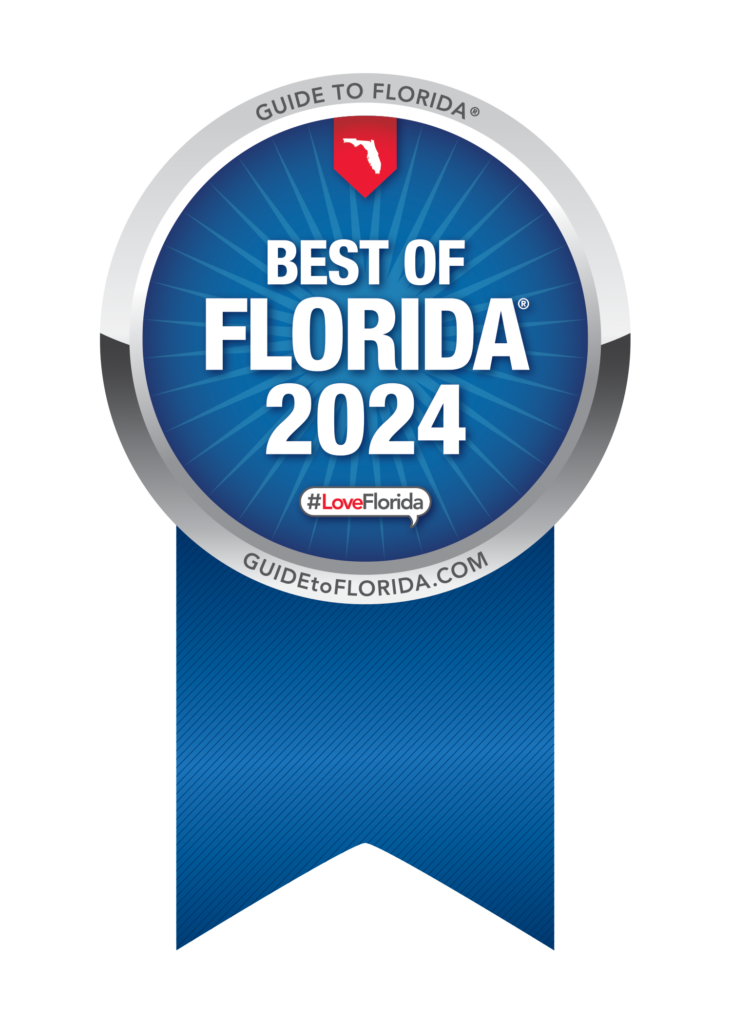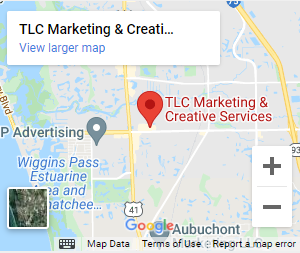The Importance of Email Marketing for Membership Organizations
Email marketing remains a cornerstone strategy for membership organizations aiming to engage, retain, and grow their members. Email offers a direct, personalized, and measurable means to reach members.
For membership-based entities, maintaining regular and meaningful communication with members is crucial. Email marketing serves as an effective tool to:
– Inform and Educate: Keep members updated on organizational news, events, and industry developments.
– Engage and Retain: Foster a sense of community and belonging, encouraging active participation and long-term retention.
– Solicit Feedback: Gather insights through surveys and polls to better understand member needs and preferences.
– Drive Revenue: Promote events, merchandise, or fundraising campaigns to support organizational initiatives.
Key Email Marketing Statistics for Membership Organizations
Understanding industry benchmarks can help assess the effectiveness of your email campaigns. Here are some pertinent statistics:
– Open Rates: Nonprofit organizations, which often operate on a membership model, boast an average open rate of 40.04%.
– Click-Through Rates (CTR): The average CTR for nonprofit emails stands at 3.27%.
– Email List Growth: Nonprofit email lists experienced a 7% growth in 2023, indicating a steady increase in audience engagement.
– Automation: Organizations utilizing automated email campaigns have seen open rates as high as 42.1% and click rates of 5.4%, underscoring the efficacy of automation in member engagement. citeturn0search7
Strategies to Enhance Email Marketing for Membership Organizations
To maximize the impact of your email marketing efforts, consider implementing the following strategies:
- Personalization
Tailoring content to individual member preferences can significantly boost engagement. Emails with personalized subject lines are 26% more likely to be opened. Beyond subject lines, consider customizing email content based on member behavior, demographics, or past interactions.
TLC Tip: Use merge tags to insert members’ names, reference their previous event attendance, or suggest content based on their interests.
- Segmentation
Dividing your email list into distinct groups allows for more targeted messaging. Segmentation can be based on factors such as membership tenure, engagement level, or professional interests.
TLC Tip: Create segments like “New Members,” “Event Attendees,” or “Lapsed Members” to send relevant content that resonates with each group’s unique needs.
- Automation
Implementing automated email sequences ensures timely and consistent communication. For instance, a welcome series for new members can introduce them to your organization’s resources and upcoming events.
TLC Tip: Set up automation for membership renewals, event reminders, and personalized recommendations to maintain continuous engagement.
- Responsive Design
With a significant portion of emails being opened on mobile devices, ensuring your emails are mobile-friendly is imperative. A well-designed email enhances user experience and reduces the likelihood of unsubscribes.
TLC Tip: Use responsive email templates that adjust to various screen sizes and test emails across devices before sending.
- Compelling Subject Lines
The subject line is your first impression and determines whether your email gets opened. Subject lines with 6 to 10 words achieve the highest open rates at 21%.
TLC Tip: Craft concise, intriguing subject lines that convey value, urgency, or curiosity to entice opens.
- A/B Testing
Regularly testing different elements of your emails can provide insights into what resonates best with your audience.
TLC Tip: Experiment with variations in subject lines, send times, imagery, and calls-to-action to identify optimal strategies.
- Monitor and Analyze Metrics
Consistently reviewing performance metrics allows you to refine your strategies. Key metrics include open rates, click-through rates, conversion rates, and unsubscribe rates.
TLC Tip: Utilize analytics tools to track performance and gather insights, enabling data-driven decisions for future campaigns.
Challenges and Considerations
While email marketing offers numerous benefits, it’s essential to be mindful of potential challenges:
– Email Fatigue: Overloading members with emails can lead to decreased engagement or increased unsubscribes.
– Deliverability Issues: Poor sender reputation or unclean email lists can result in emails landing in spam folders.
– Privacy Regulations: Compliance with laws such as GDPR or CAN-SPAM is crucial to avoid legal repercussions.
TLC Tip: Maintain a clean email list by regularly removing inactive subscribers, ensure compliance with relevant regulations, and focus on delivering valuable content to mitigate these challenges.
Conclusion
Email marketing remains a vital tool for membership organizations to connect with their audience effectively. By implementing personalization, segmentation, automation, and continuous optimization, organizations can enhance member engagement, satisfaction, and retention. Staying on top of industry best practices and adapting to evolving member preferences will ensure your email marketing strategy continues to deliver exceptional results.





